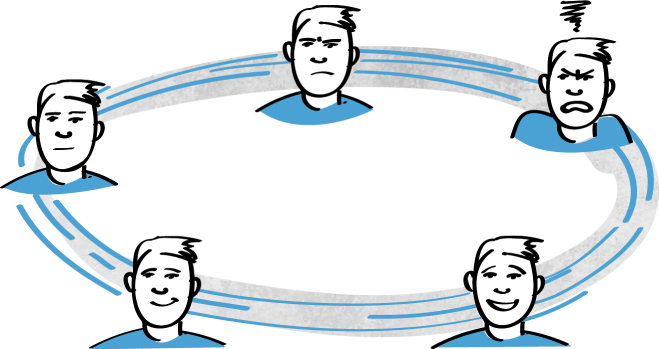Chapter 2FoundationsThree Critical Factors in Service Design

One of the challenges we face in focusing on services rather than products is that we do not have the same level of formal language to talk about services. Our industrial heritage and mind-set means that mechanical language is often used in what is a post-mechanical economy. In extreme cases service sector businesses like banks, utilities, and telecoms use industrial language to describe their operations. Some even have departments called manufacturing.
This section of the book aims to provide some formal language to use when discussing the creation and management of services. We focus on three key areas that are critical and introduce some terms within each area to help the discussion and description of services.
The first section is called movement. Movement is particular to services and is essential to understand to design and manage services. Movement means the movement through a service. This could be the movement of a customer on the journey from first awareness of the service offer through buying to using and one day maybe leaving the service. Movement can also be the movement of customers because services often have thousands of customers, and the management of these numbers is a critical factor in managing demand at different times. Movement is also a quality that is important in services. This quality is ...
Get Service Design for Business now with the O’Reilly learning platform.
O’Reilly members experience books, live events, courses curated by job role, and more from O’Reilly and nearly 200 top publishers.

